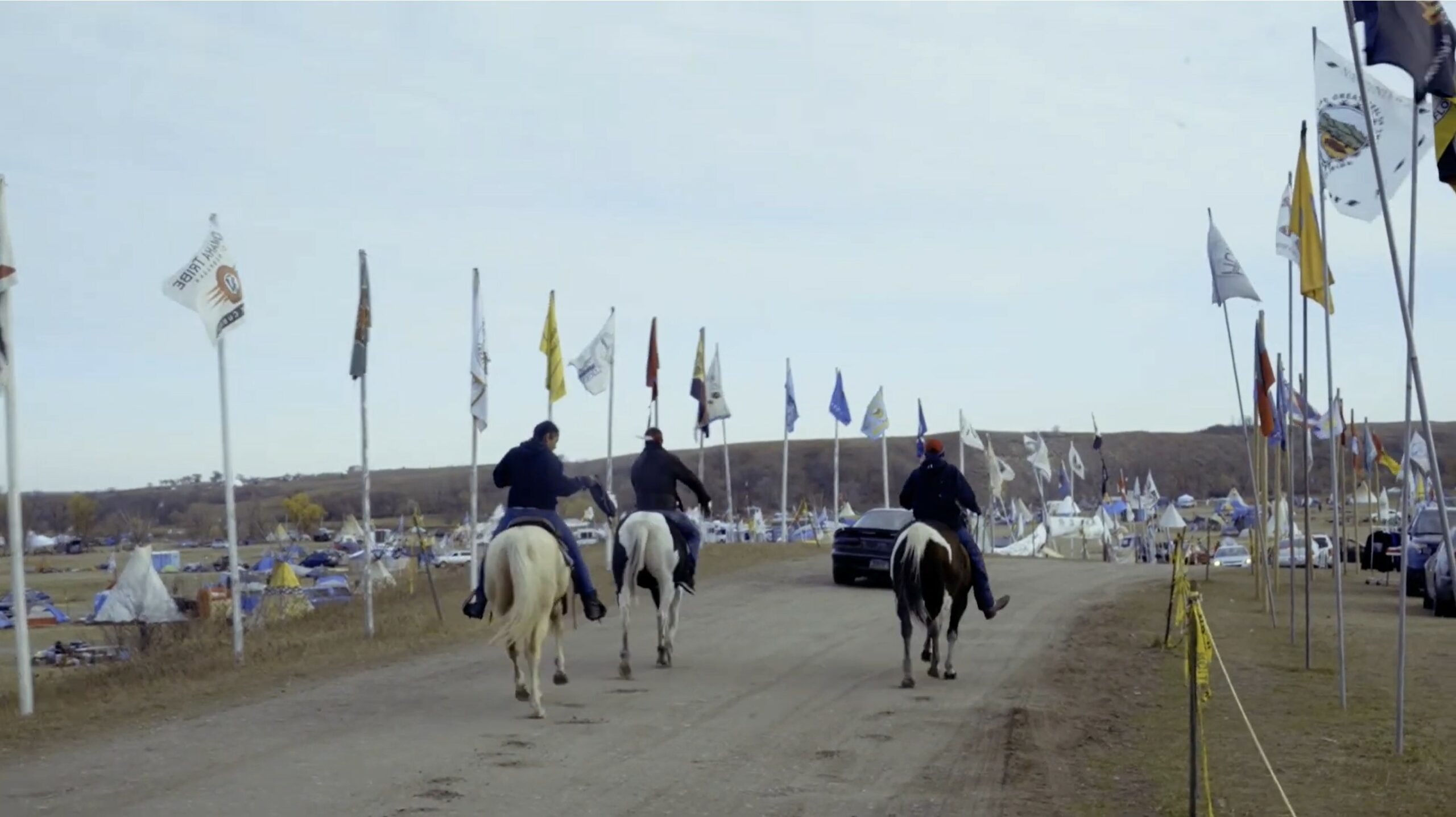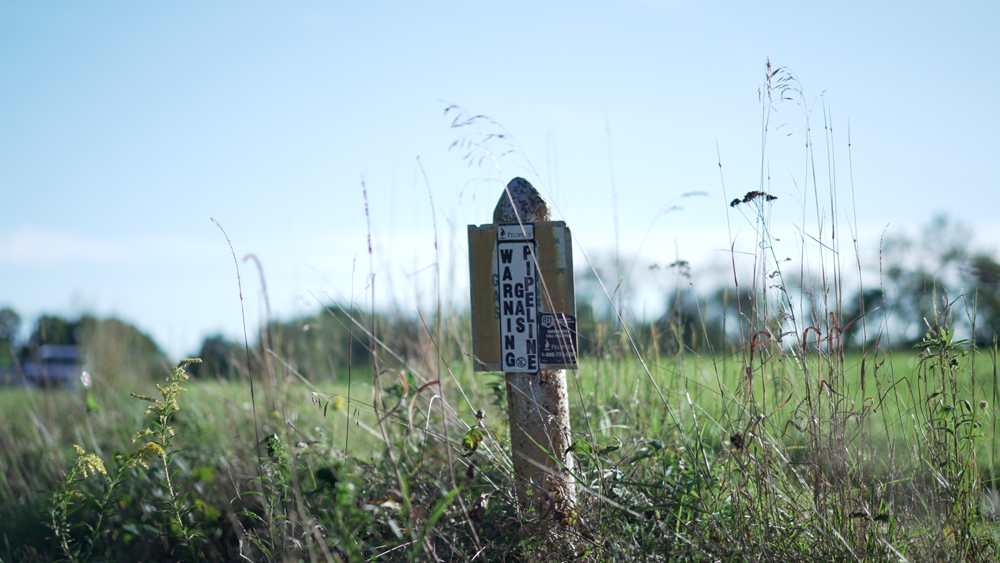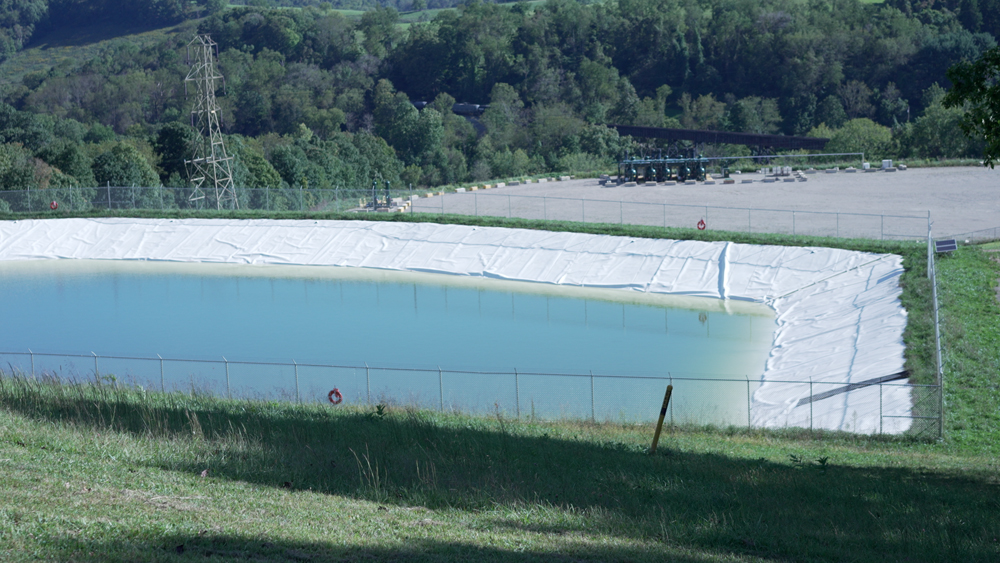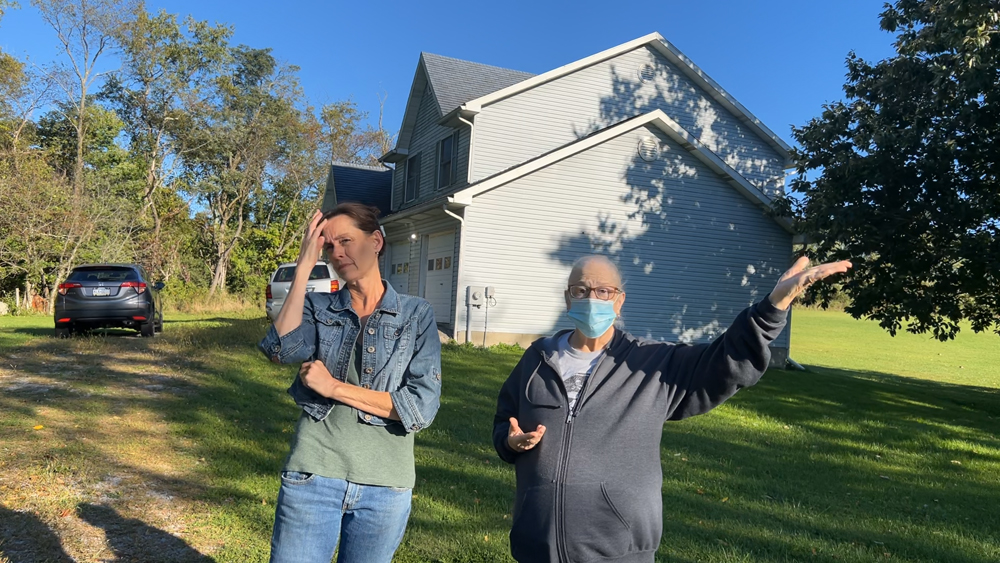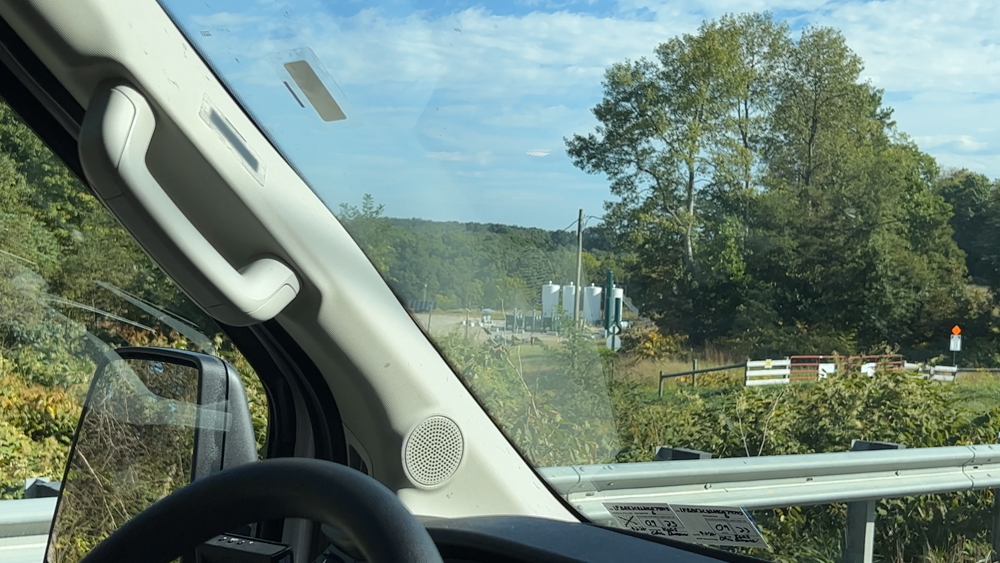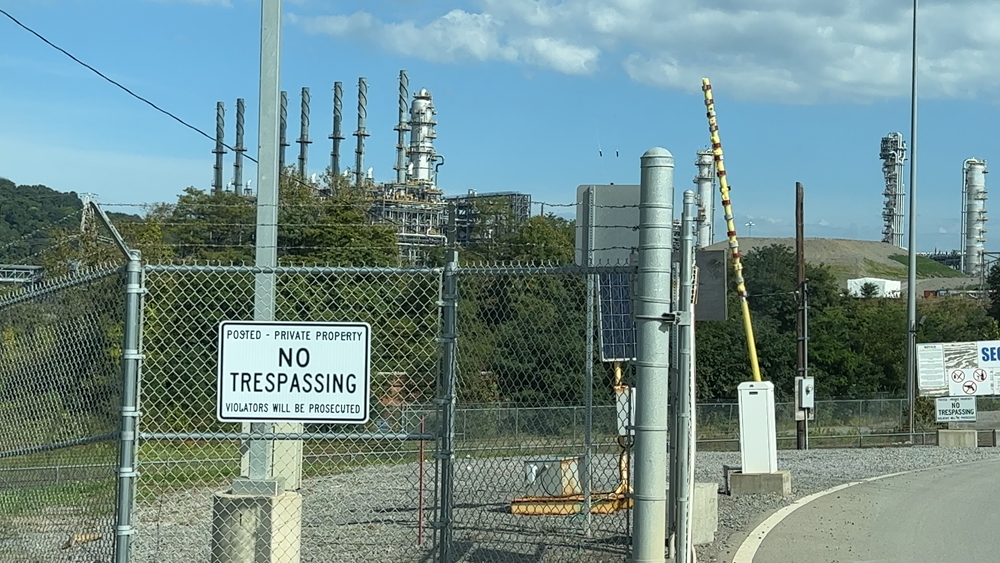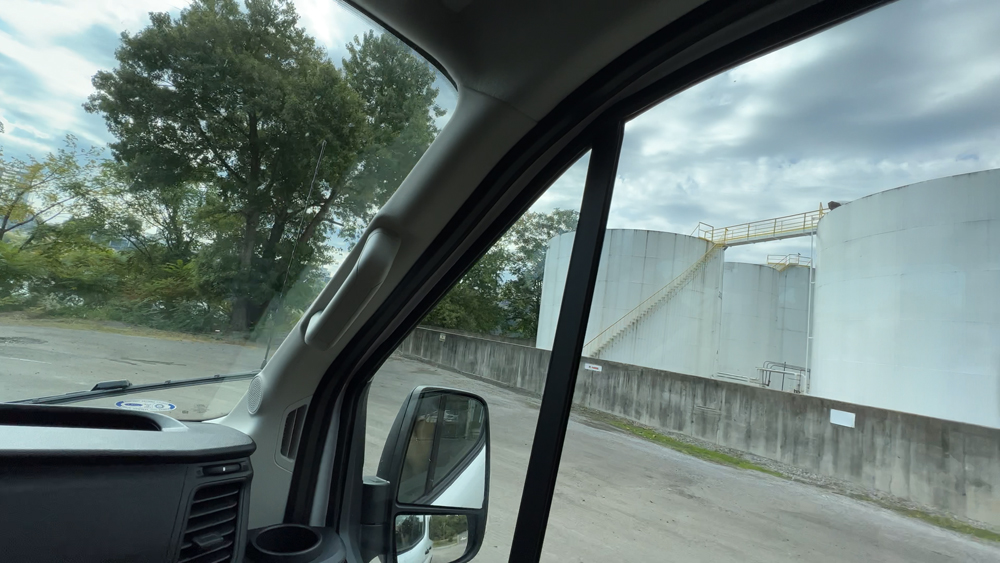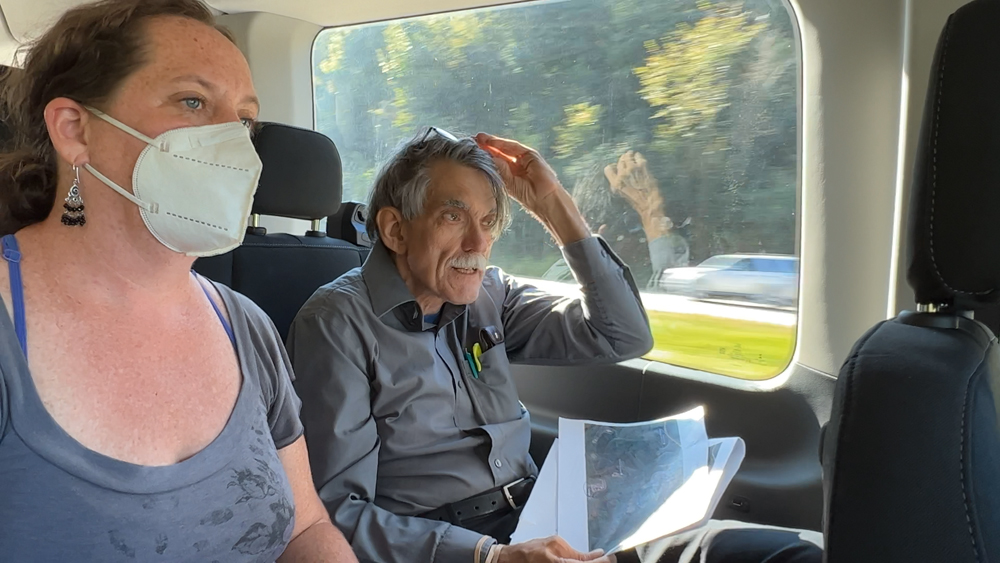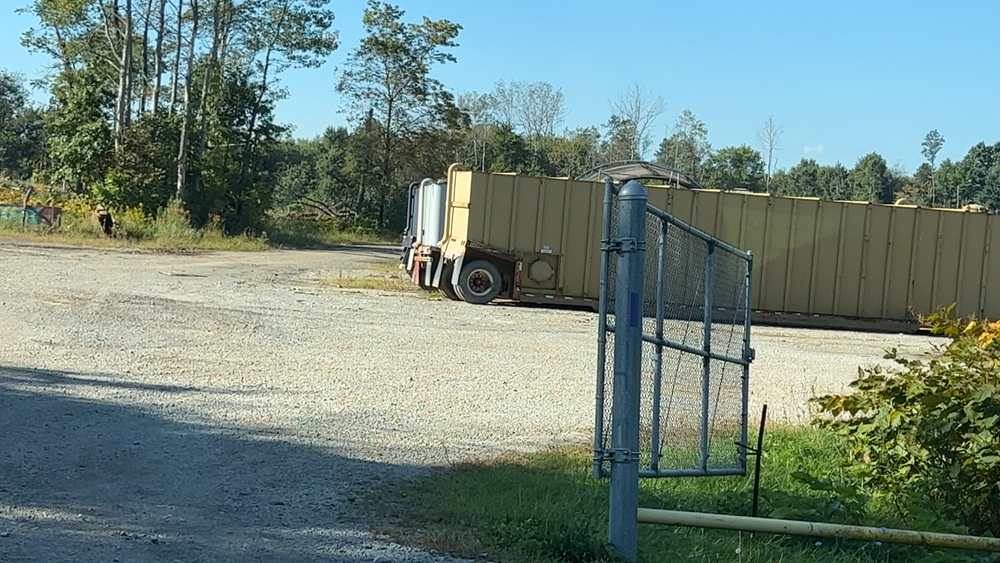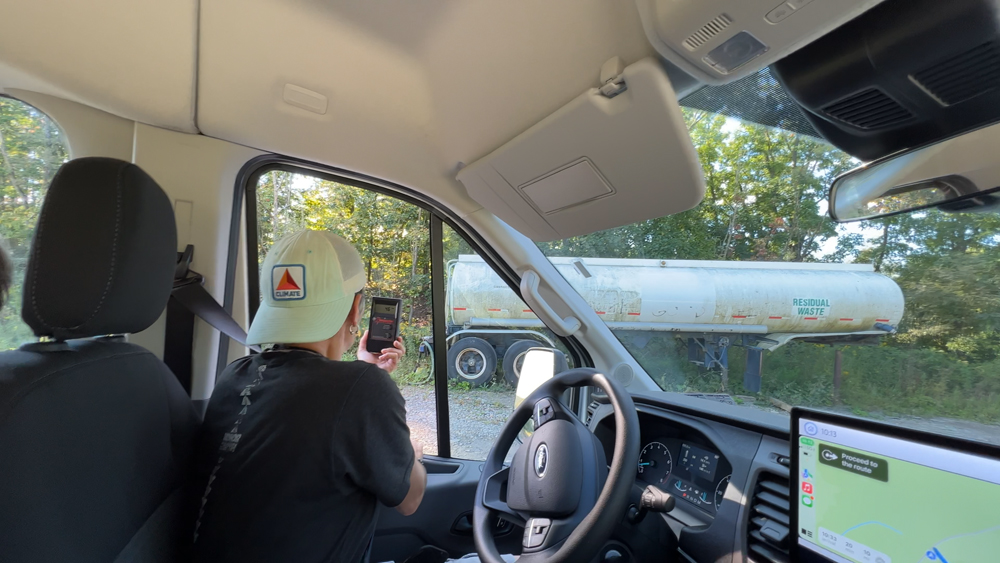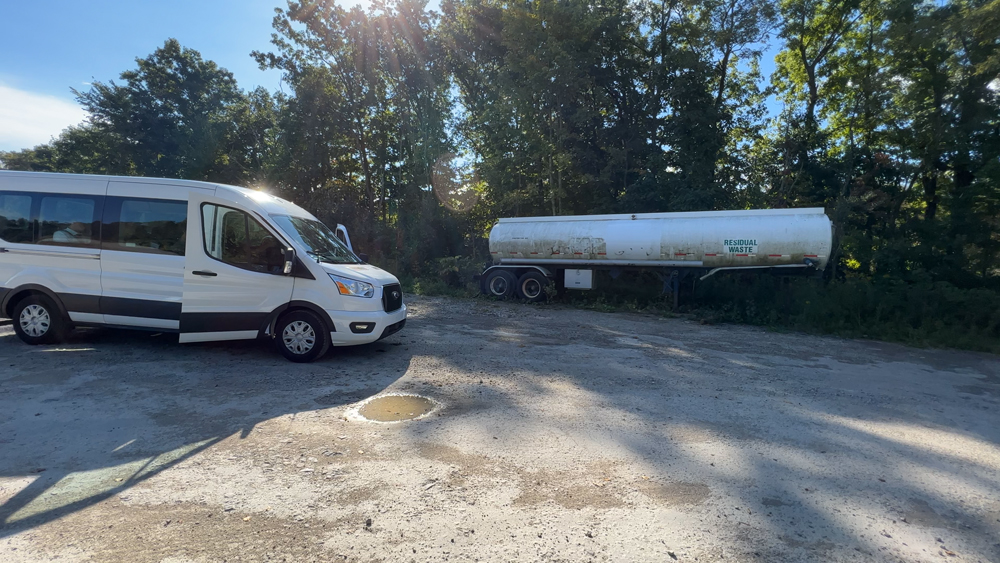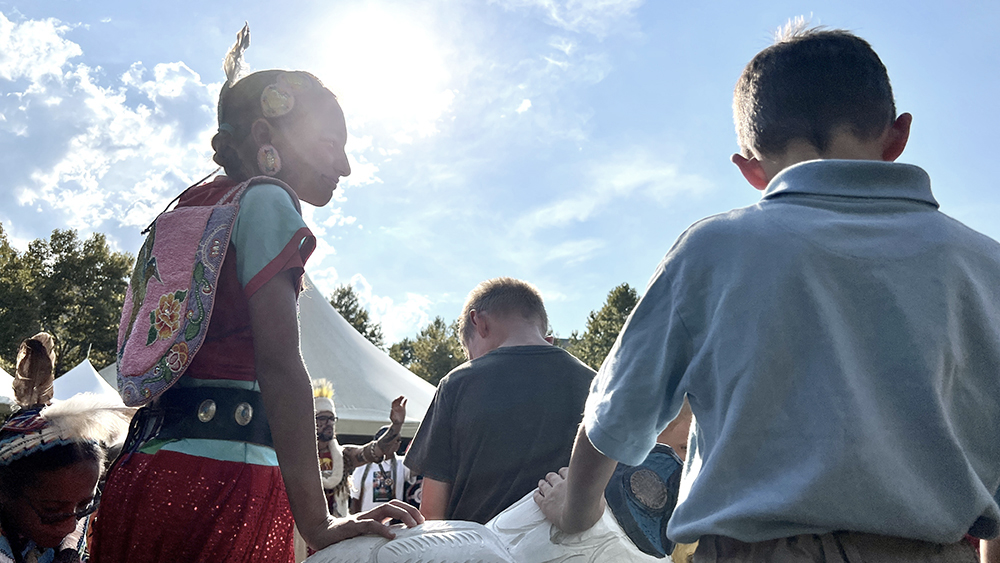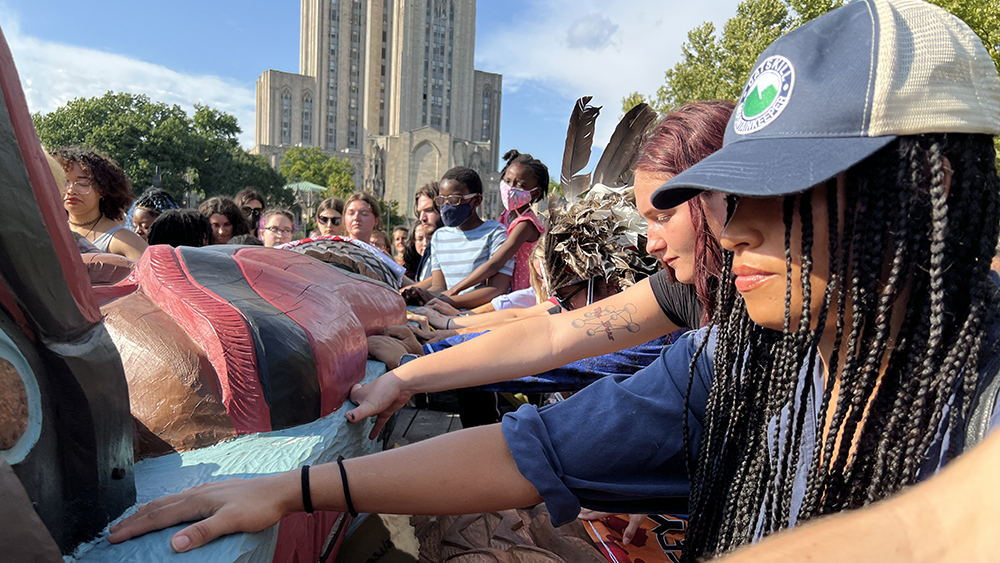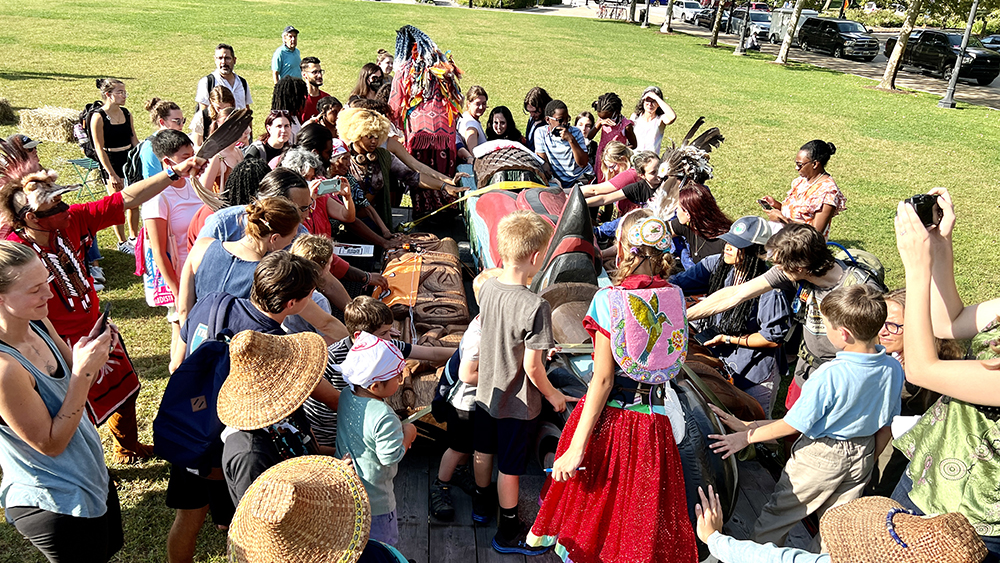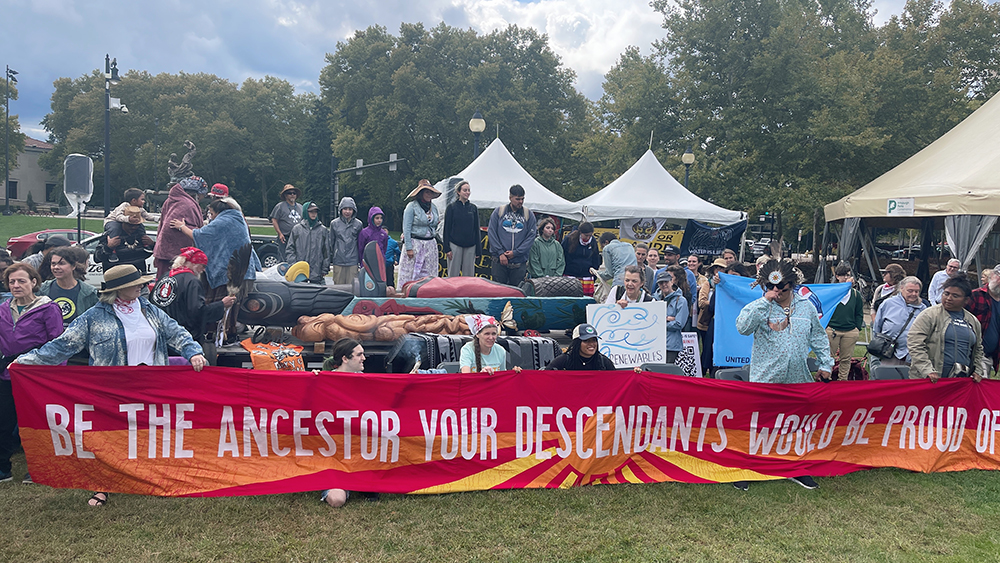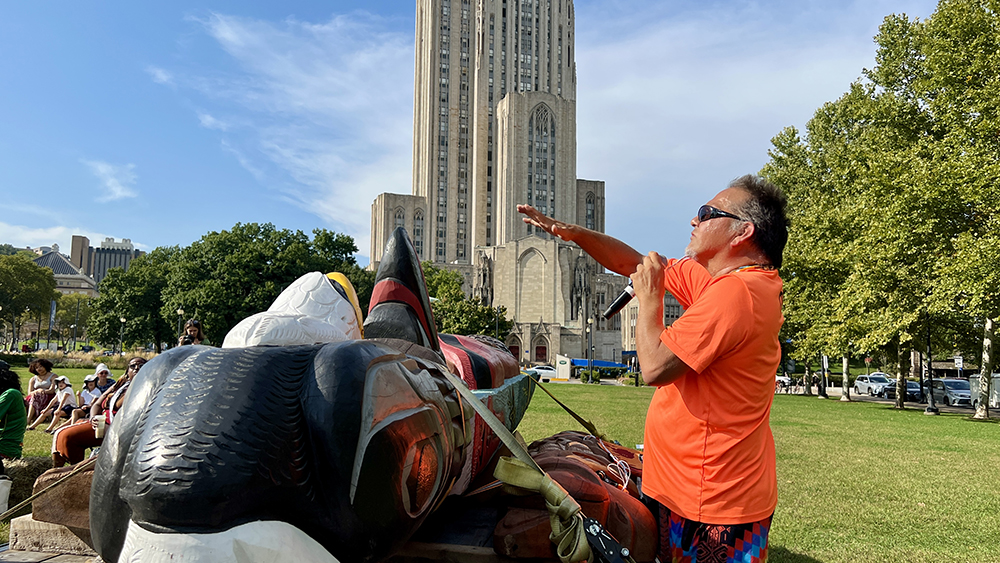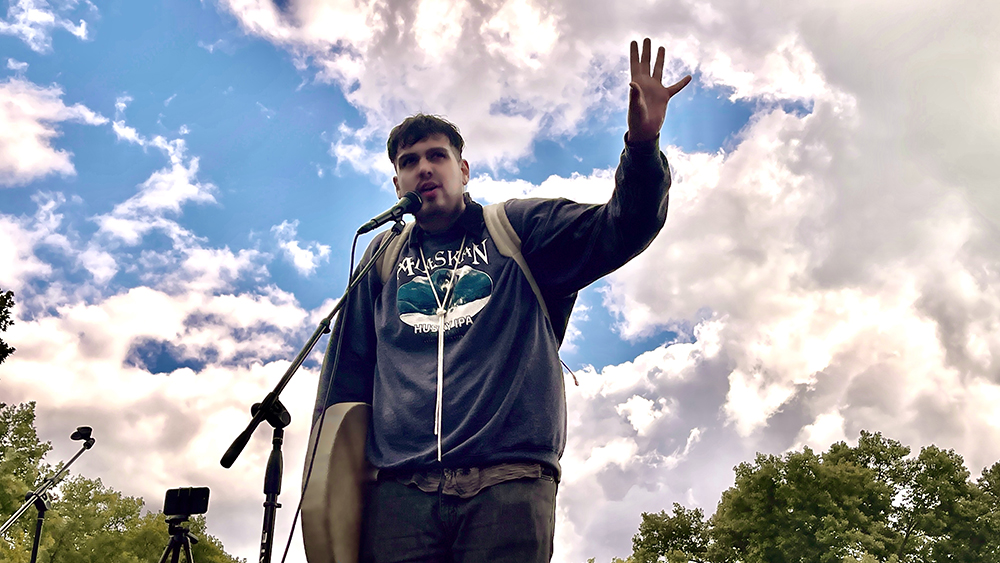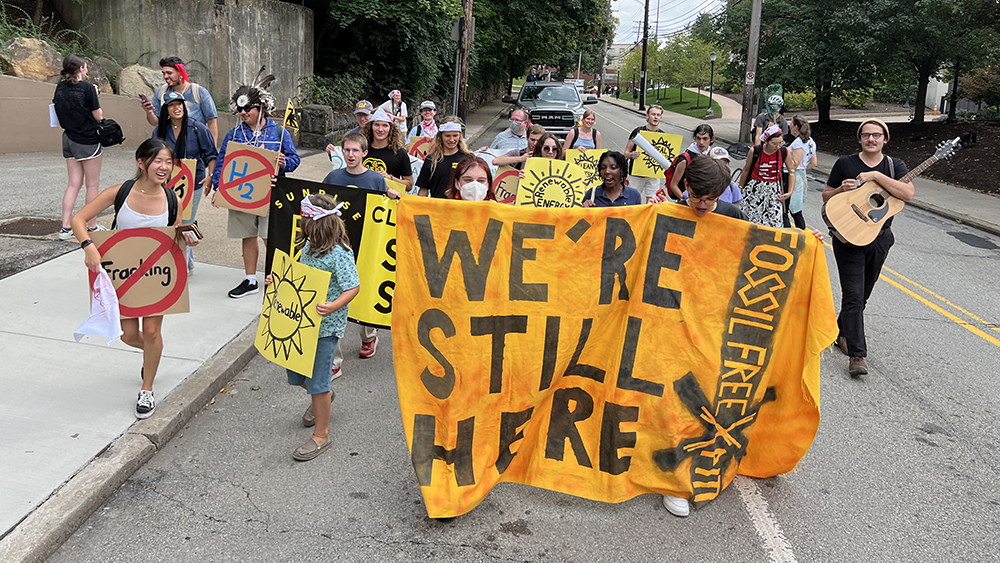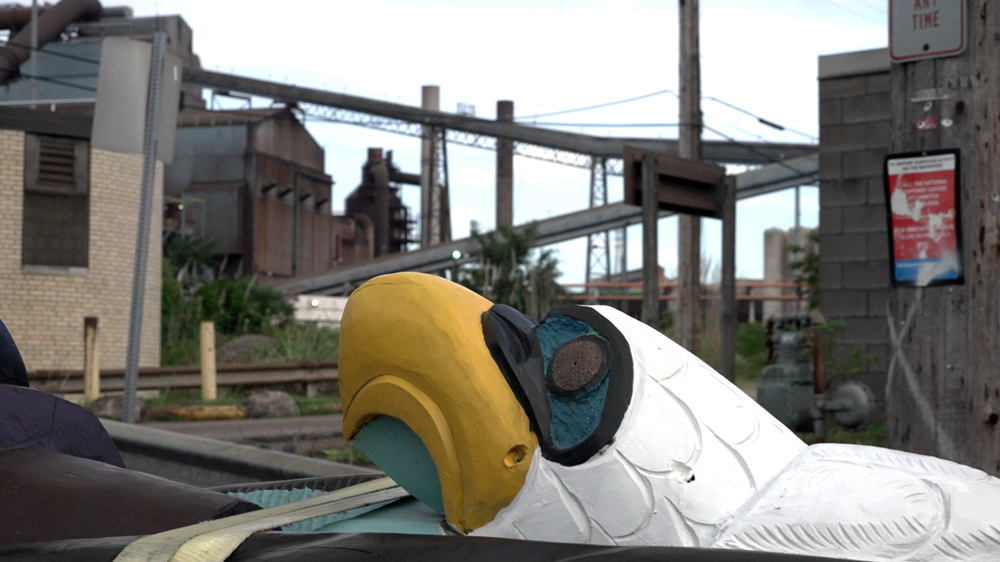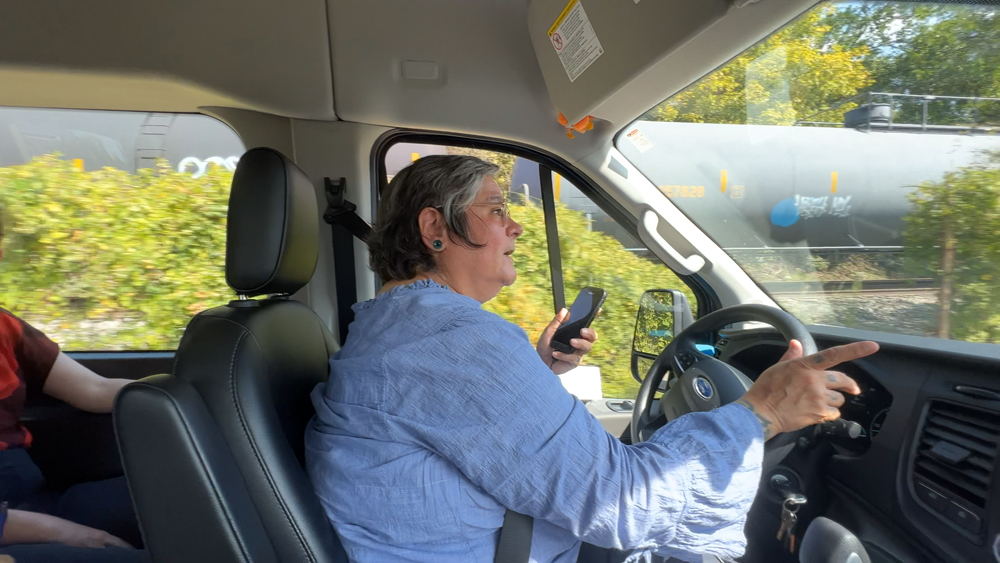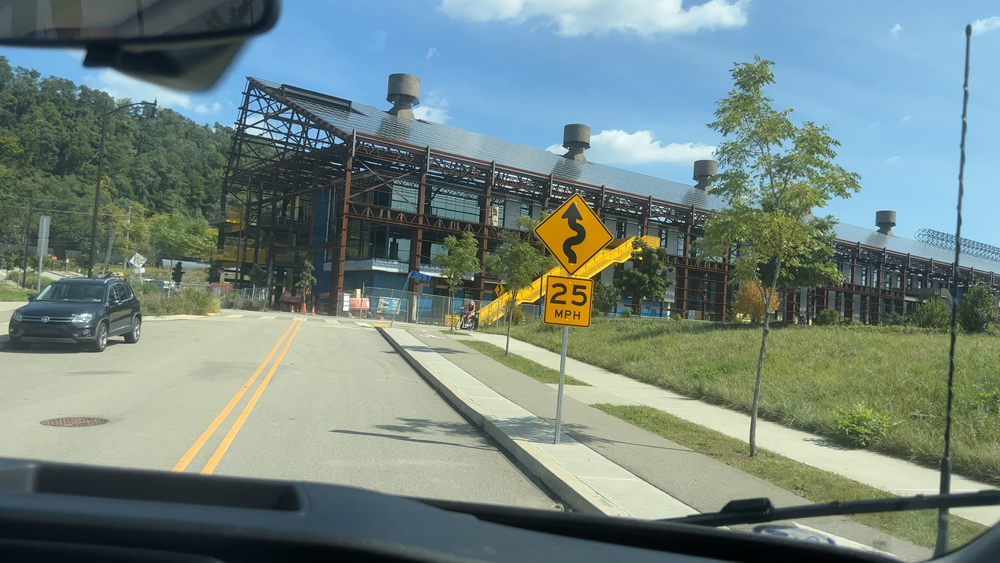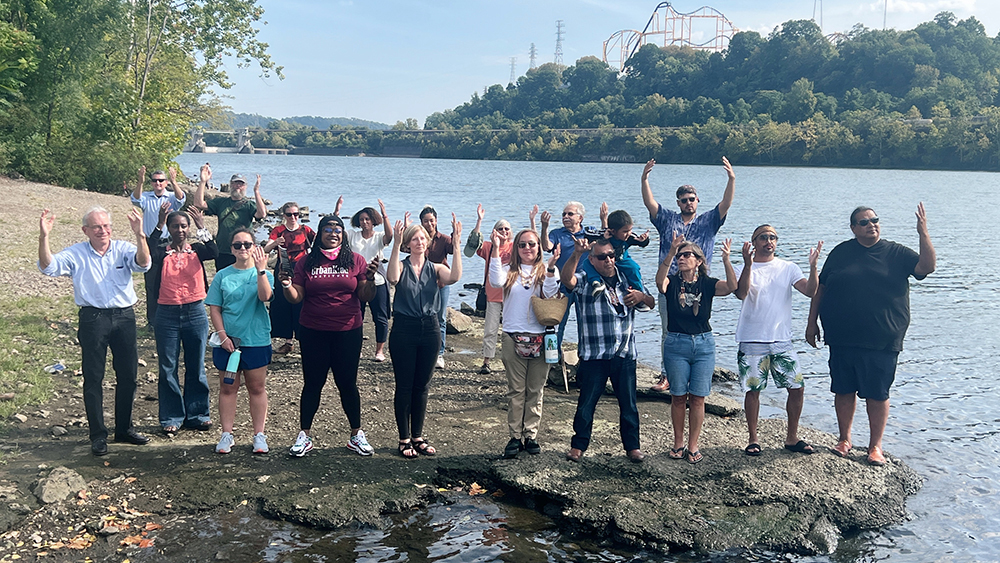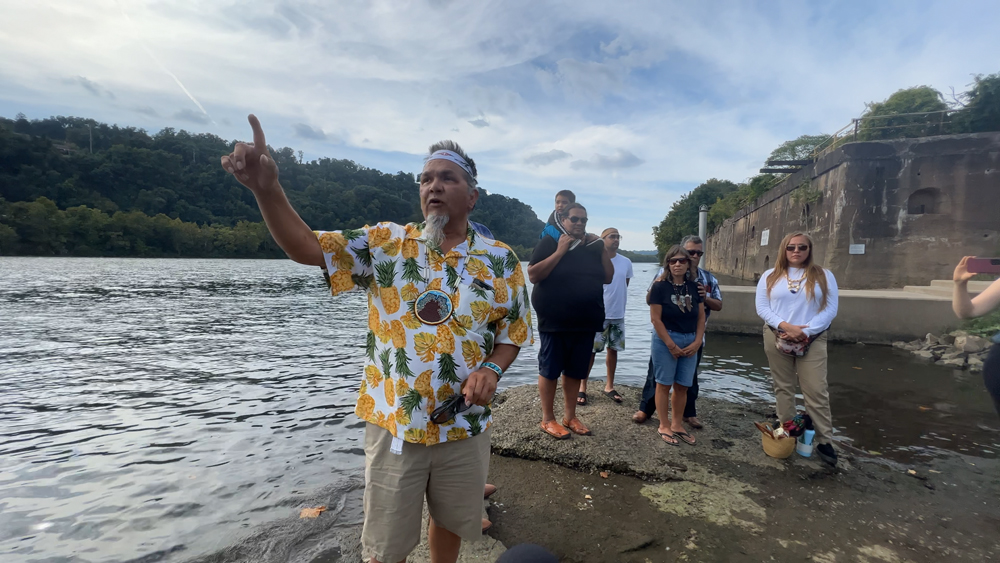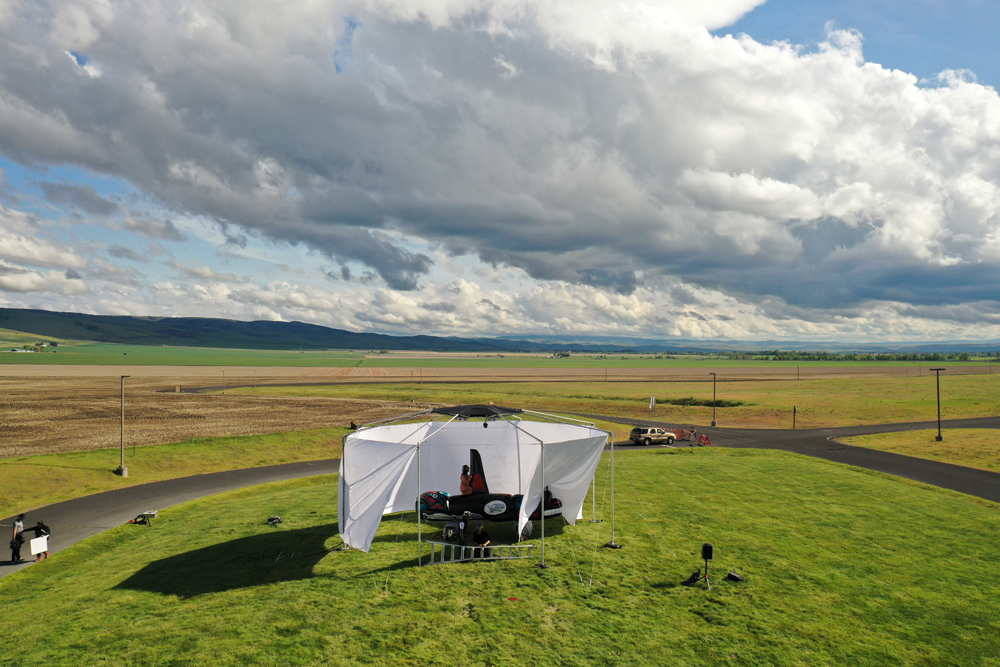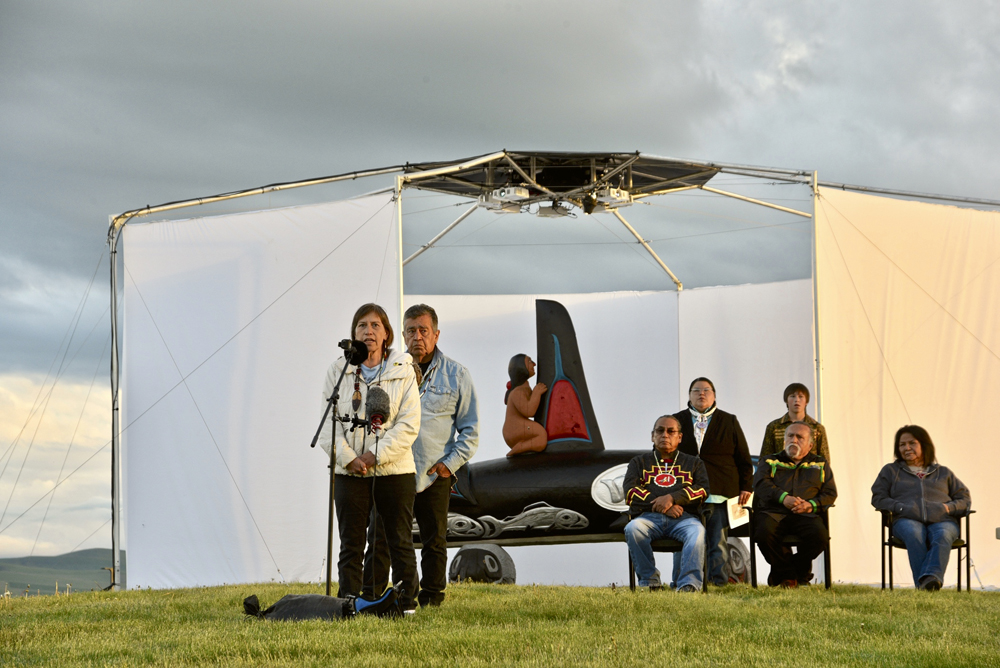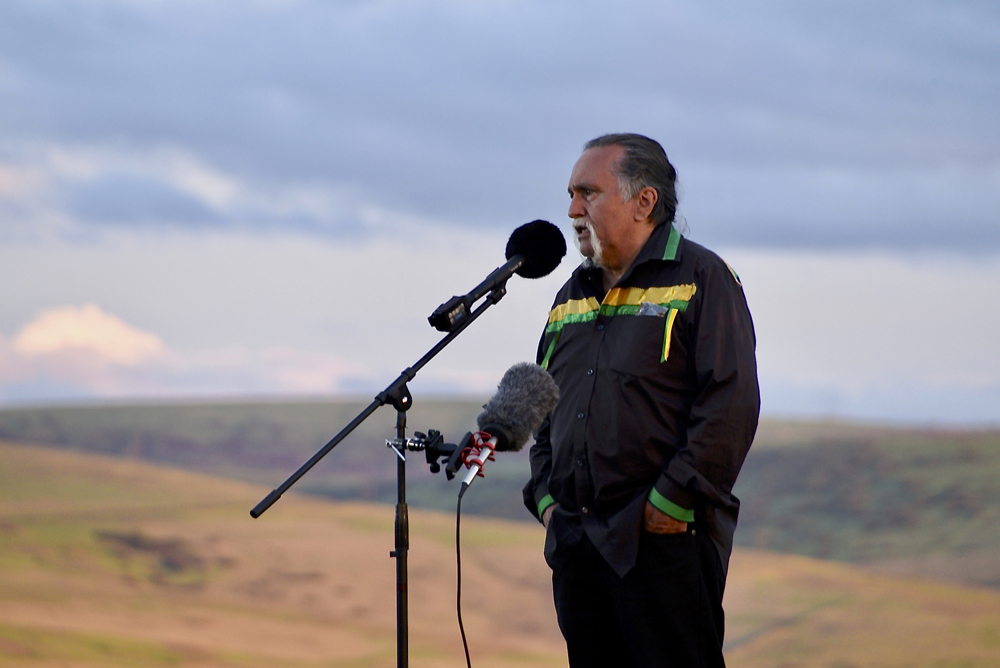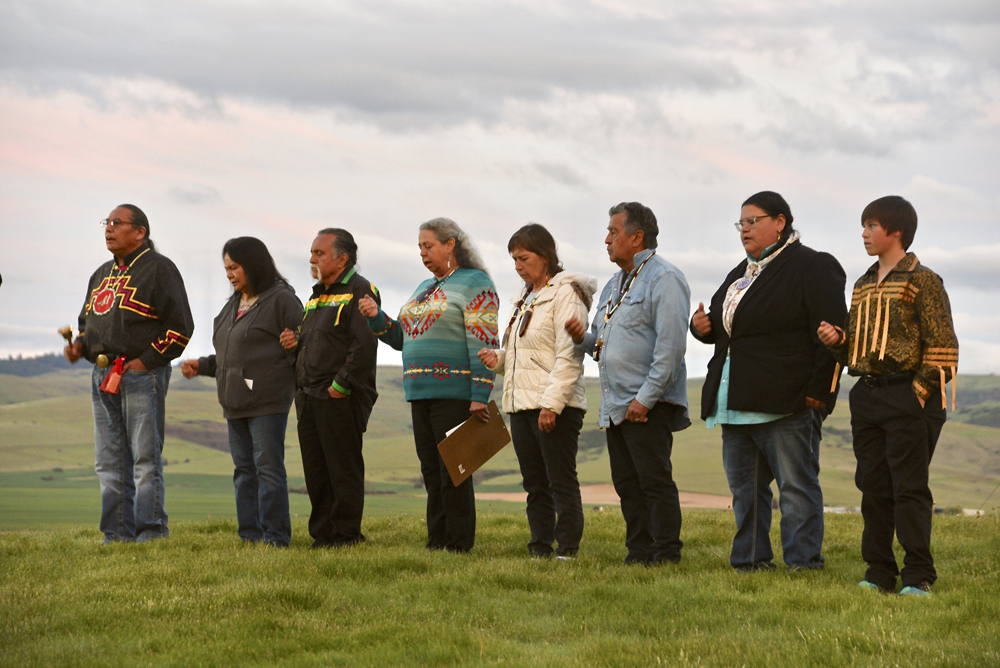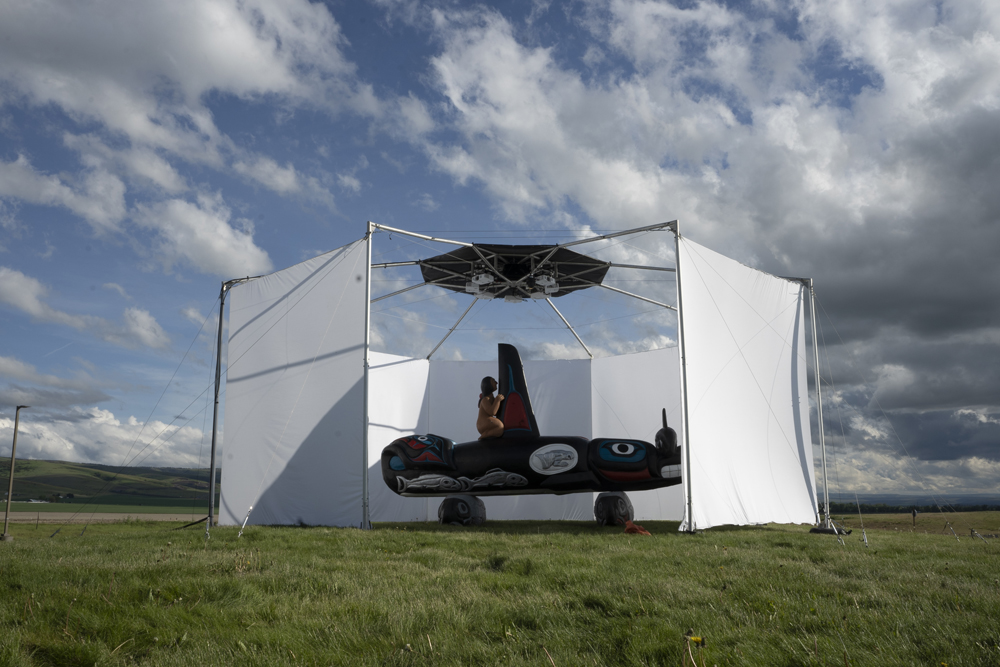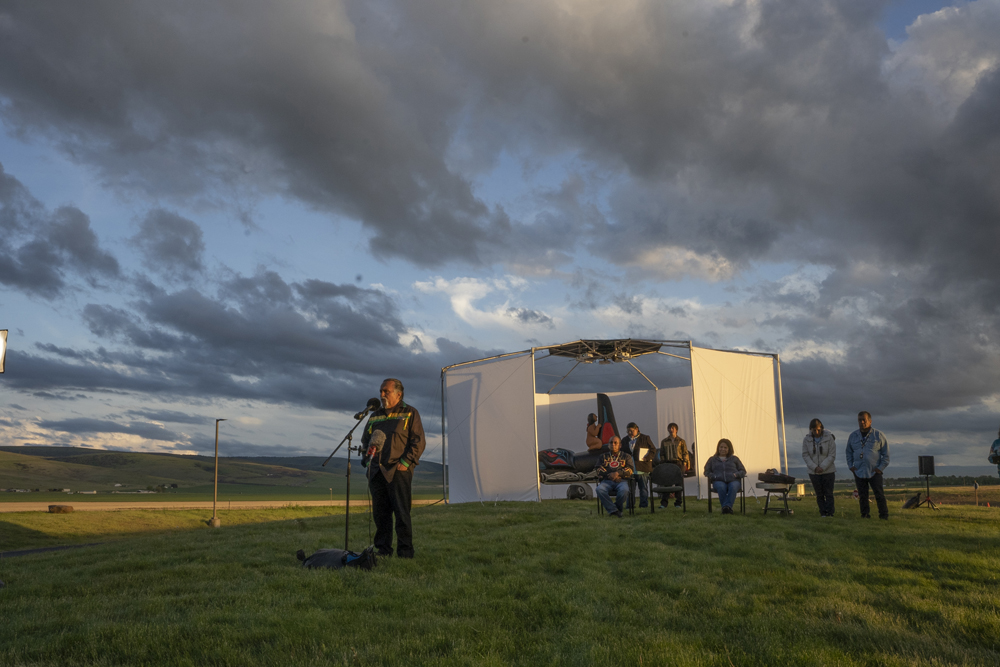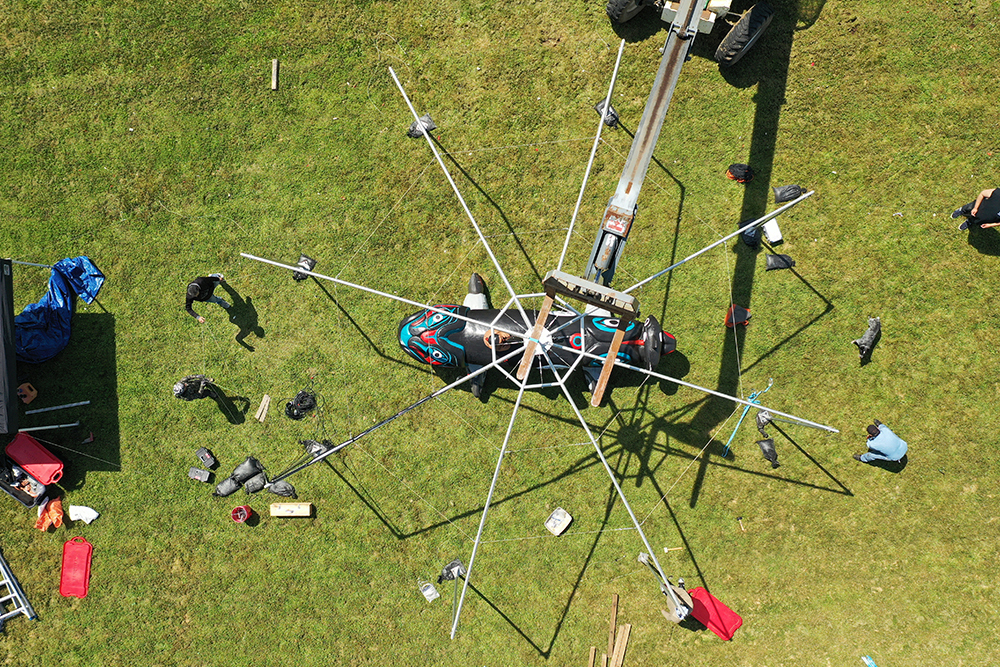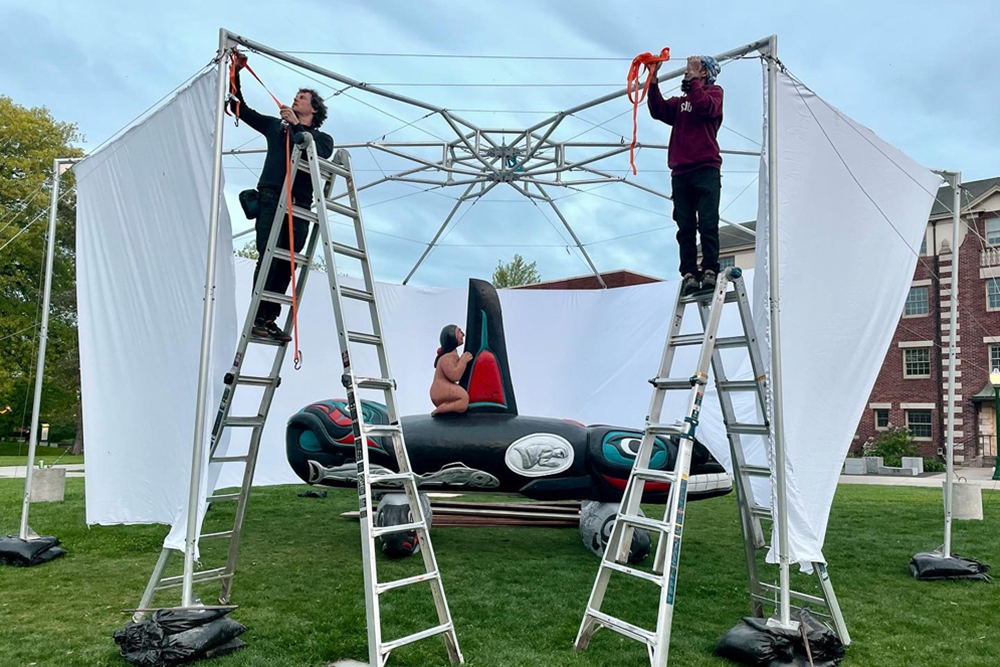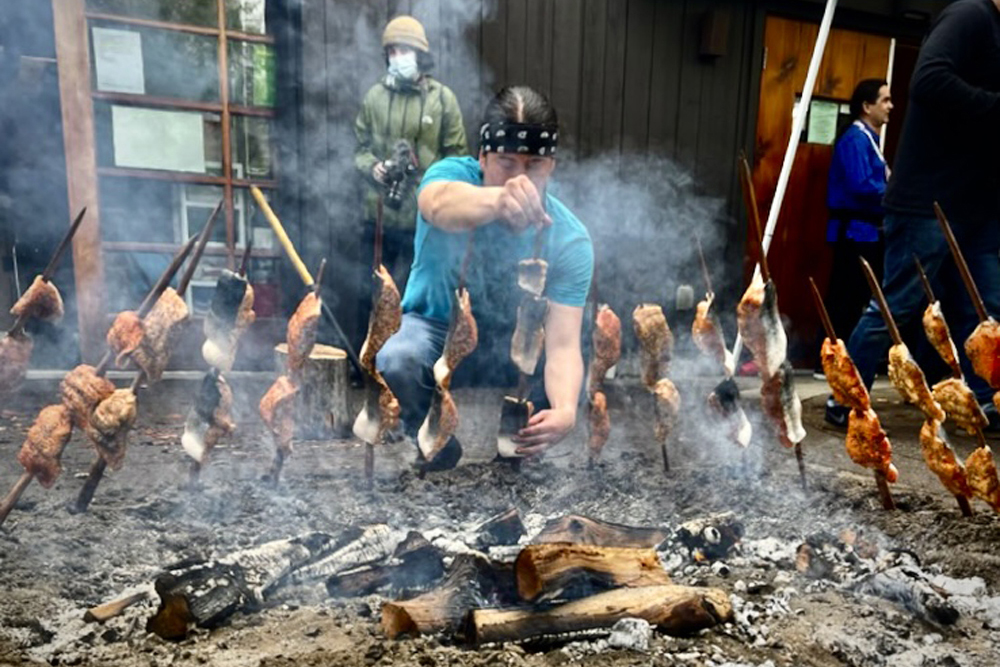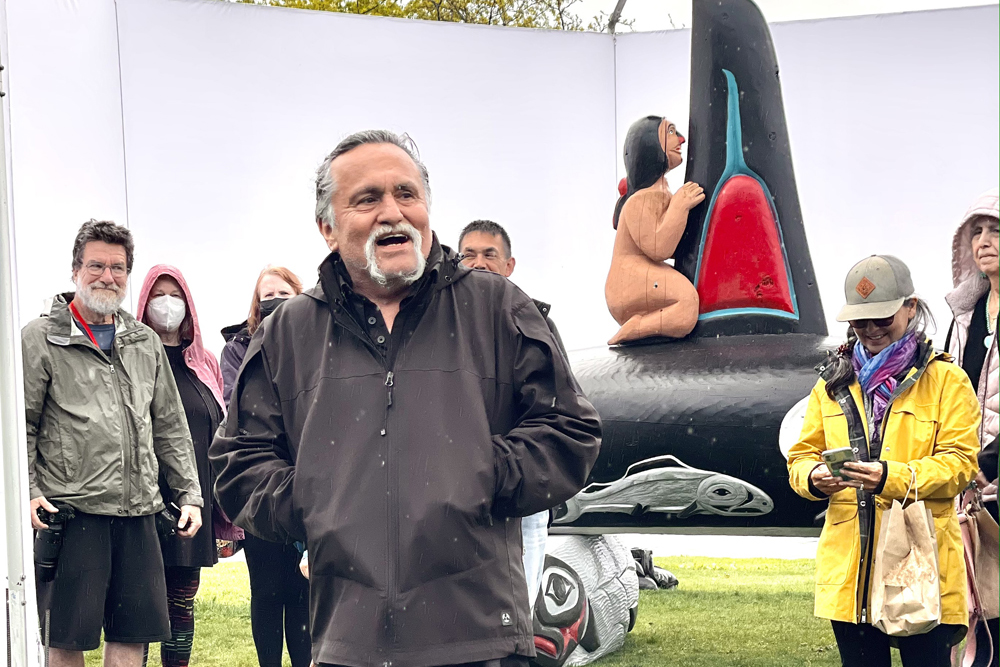The Natural History Museum team is heading to North Dakota this week to join thousands of Water Protectors and Indigenous leaders at Standing Rock in opposition to the Dakota Access Pipeline.
In the last few months, thousands of people have joined the Standing Rock Sioux Tribe in solidarity, including over 280 tribes and First Nations–the largest gathering of the nation’s tribes in more than 100 years. This is truly history in the making.
Yet this is a story that still needs to be both shared and actively shaped. We believe museums and the broader community (or voice) of archeologists, historians and academics have an important role to the play in this struggle, leveraging their expertise and institutional resources to support the Standing Rock Sioux Tribe’s sovereignty, treaty rights, sacred places, and natural and cultural heritage under threat. As a follow up to the tremendous outpouring of support and publicity around our Standing Rock solidarity letter (now with over 1500 expert signatories), we are continuing our efforts to provide a platform for documentation, education and mobilization around this work.
We will be conducting a series of video interviews to delve into the tensions between museums, archaeologists, and Native communities highlighted by the Dakota Access Pipeline (as this article highlights). We feel it is essential to lift up the perspectives of those on the front lines–particularly Tribal Historic Preservation Officers. We hope this can also provide a model of engagement for museums in responding to and addressing pressing environmental and social justice concerns, especially around contemporary Native concerns.

